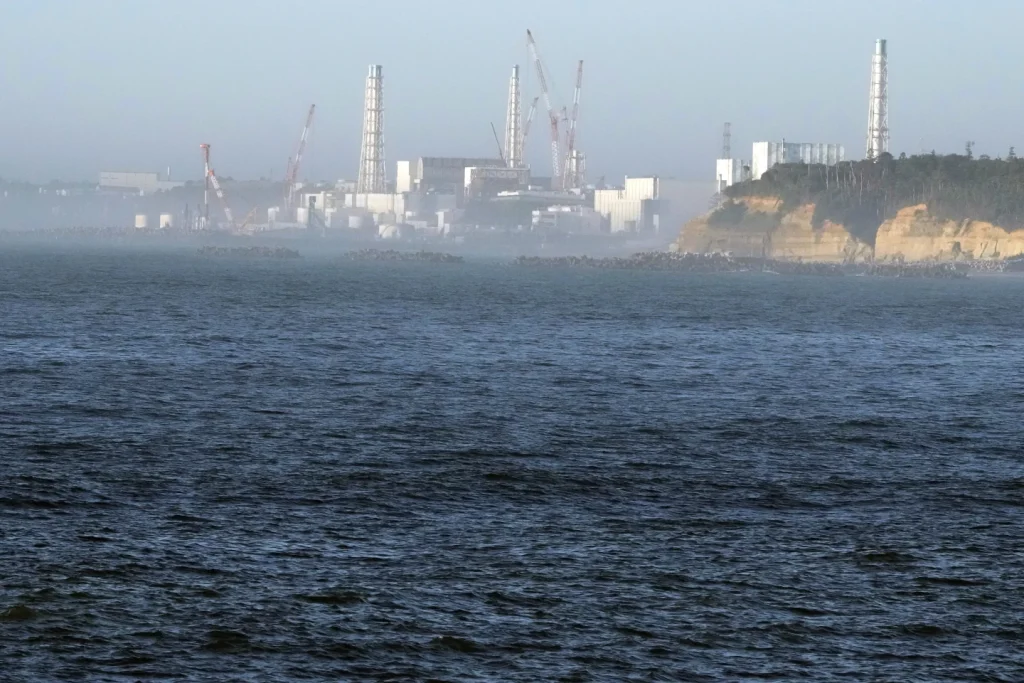The Fukushima Daiichi nuclear power plant, which was devastated by a tsunami, has recently commenced the discharge of treated radioactive water into the Pacific Ocean, a move that has sparked controversy and led to China imposing a ban on seafood imports from Japan.
This decision has been met with widespread opposition, both domestically and internationally, as Japanese fishing groups express concerns about the potential damage to their seafood industry, while groups in China and South Korea raise fears over the safety implications.
Consequently, this issue has taken on a political and diplomatic dimension, with significant ramifications for all parties involved.
In light of the wastewater release, Chinese customs authorities have swiftly responded by implementing a ban on seafood imports from Japan.
This ban, which came into effect immediately, encompasses all “aquatic products,” including seafood, as outlined in the official notice.
Chinese authorities have emphasized their commitment to continuously assess and adapt relevant regulatory measures to effectively mitigate the risks associated with the discharge of nuclear-contaminated water, thereby safeguarding the health and food safety of their nation.
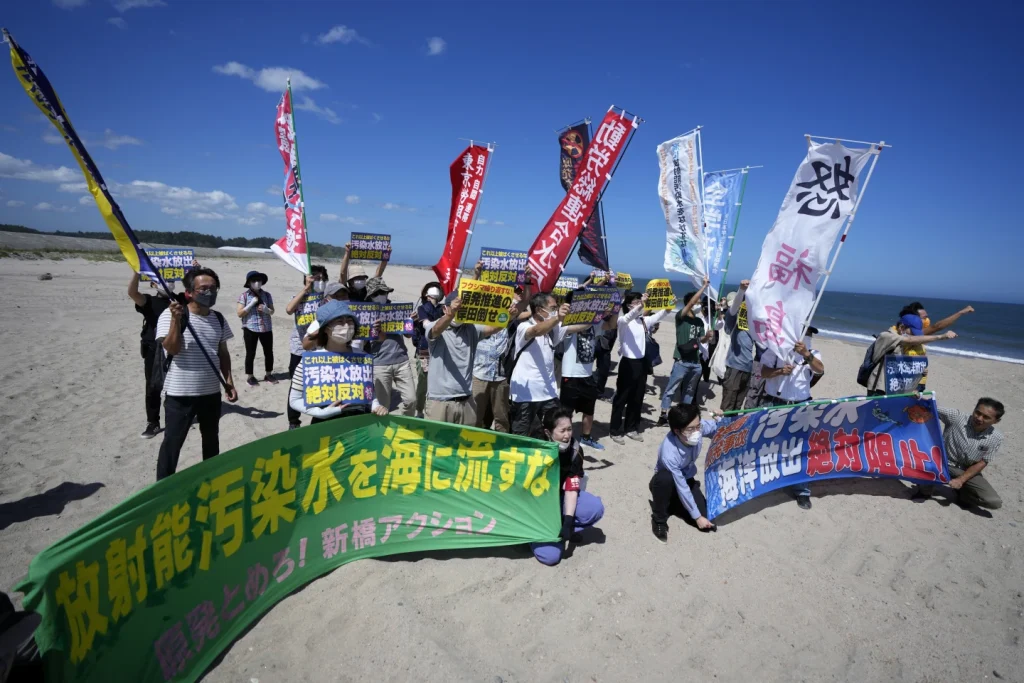
The release of treated radioactive water from the Fukushima Daiichi nuclear power plant has undoubtedly ignited a heated debate, with various stakeholders expressing divergent opinions and concerns.
Japanese fishing groups, already grappling with the aftermath of the tsunami, fear that this latest development will further tarnish the reputation of their seafood industry, which has already endured significant setbacks.
On the other hand, China and South Korea have voiced their apprehensions about the potential health and environmental consequences of the wastewater discharge, prompting China to take swift action by imposing a ban on seafood imports from Japan.
This issue has transcended its environmental implications and has become a matter of political and diplomatic significance. The decision to release the treated radioactive water has strained relations between Japan and its neighboring countries, particularly China and South Korea.
The ban on seafood imports by China not only serves as a tangible response to the wastewater release but also sends a clear message to Japan about the importance of prioritizing the health and safety of its citizens and neighboring nations.
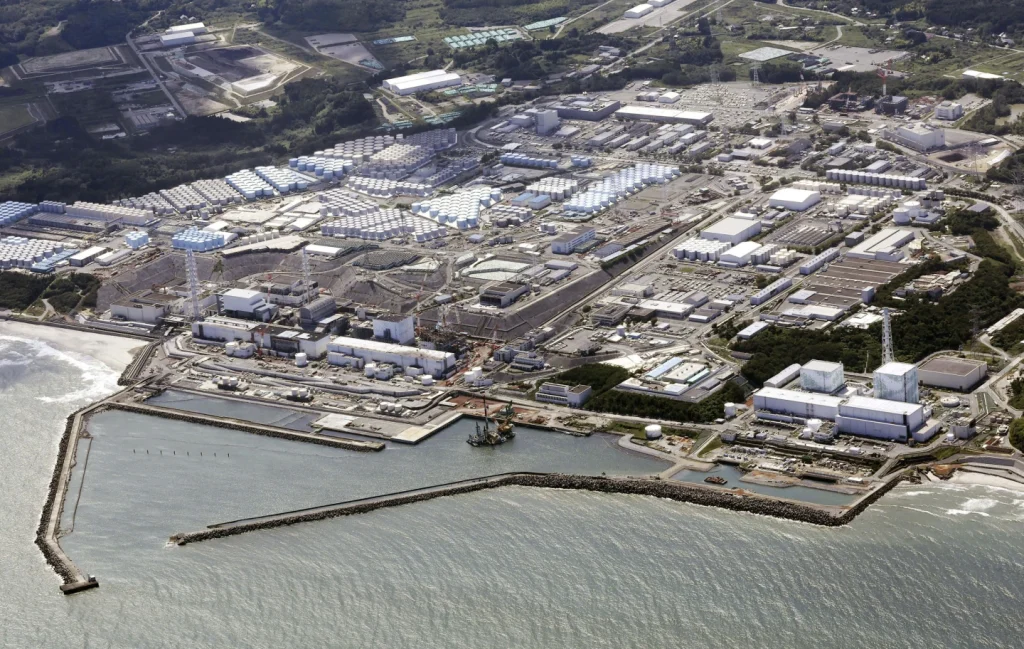
As this contentious issue continues to unfold, it is evident that the release of treated radioactive water from the Fukushima Daiichi nuclear power plant has far-reaching consequences.
The concerns raised by various groups, both within Japan and abroad, highlight the need for open and transparent communication, as well as a comprehensive assessment of the potential risks and their impact on public health and the environment.
It is imperative that all parties involved engage in constructive dialogue and work towards finding sustainable solutions that address the concerns of all stakeholders while upholding the principles of safety and accountability.
Following China’s recent announcement regarding the export bans imposed on Japan due to the release of wastewater, Tokyo Electric Power Company Holdings President, Tomoaki Kobayakawa, expressed his commitment to adequately compensate Japanese business owners for the damages suffered as a result.
Recognizing China as a crucial trading partner for Japan, Kobayakawa emphasized his determination to provide scientific explanations regarding the wastewater release.
By doing so, he aims to facilitate the prompt lifting of the ban imposed by the foreign government and restore the vital trade relationship between the two countries.
Kobayakawa’s statement highlights the significance of resolving this issue swiftly and effectively, ensuring that Japanese businesses are appropriately compensated and that the trade restrictions are lifted to enable the resumption of normal economic activities between China and Japan.
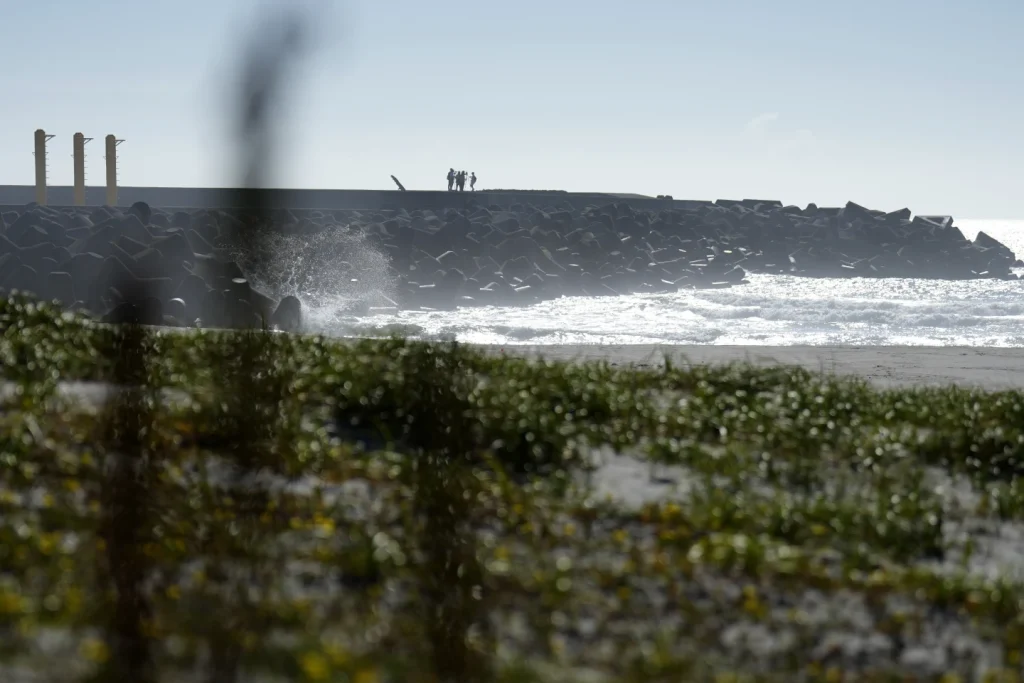
The decision made by the Japanese government and TEPCO to release the water from the Fukushima Daiichi nuclear power plant has been a topic of great concern and debate.
The reasoning behind this decision is twofold: to create space for the plant’s decommissioning process and to prevent any potential accidental leaks. Both parties assert that the treatment and dilution of the wastewater will result in a safer product than what is required by international standards.
Furthermore, they argue that the environmental impact of this release will be negligibly small. While these claims may provide some reassurance, it is crucial to thoroughly examine the potential consequences and implications of such a course of action, considering the magnitude of the Fukushima disaster and its ongoing impact on the environment and public health.
In regard to the safety of the water released from the Fukushima plant, Tony Hooker, the esteemed director of the Center for Radiation Research, Education, Innovation at the University of Adelaide, has provided reassurance.
According to Hooker, the water in question is deemed safe, as it falls well below the drinking water guidelines set by the World Health Organization.
This expert opinion serves to alleviate concerns surrounding the potential risks associated with the water release. With his extensive knowledge and expertise in the field of radiation research, Hooker’s statement carries significant weight and should be considered reliable and authoritative.
The disposal of radiation into the sea is a highly politicized issue, as stated by the individual. They acknowledge that the concerns of the public stem from a lack of effective communication by scientists, emphasizing the need for further education on the matter.
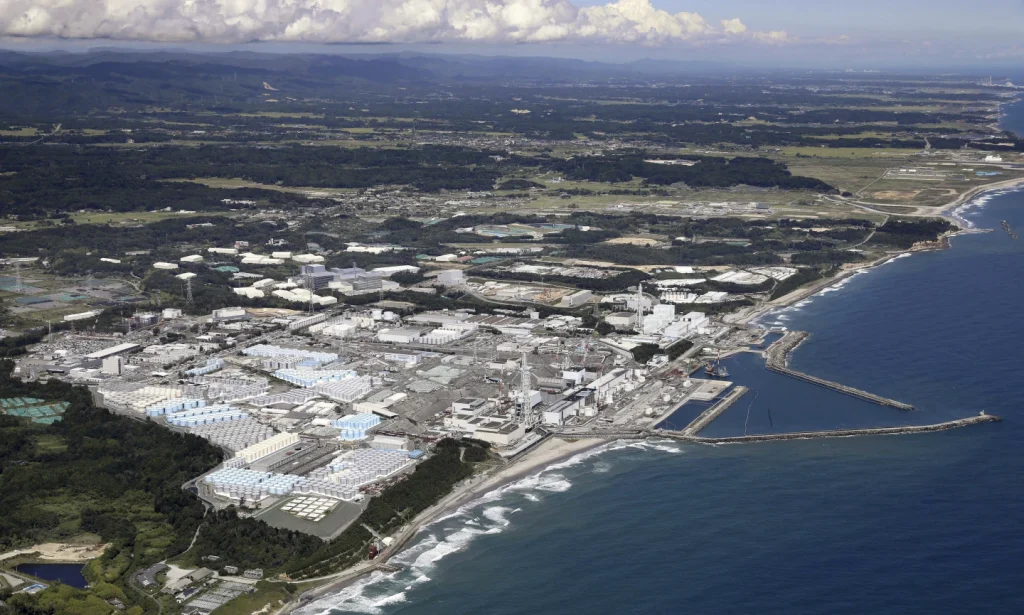
However, some scientists argue that the long-term consequences of the low-dose radioactivity remaining in the water should not be overlooked.
To illustrate the start of the controversial project, TEPCO provided a live video from a control room at the plant, where a staff member activated a seawater pump, symbolizing the beginning of the release that is anticipated to continue for decades.
The main operator confirmed the initiation, and an additional wastewater release pump was activated shortly after. Plant officials assured that the process was progressing smoothly thus far.
In response to these developments, the Director General of the International Atomic Energy Agency, Rafael Mariano Grossi, released a statement on Thursday asserting that IAEA experts were present on-site to act as the eyes of the international community, ensuring that the discharge adhered to IAEA safety standards.
The recent announcement by the United Nations agency regarding the launch of a dedicated webpage to provide real-time data regarding the discharge is a significant development in addressing the ongoing issue of radioactive water at the Fukushima Daiichi nuclear power plant.
This initiative is accompanied by the assurance that the International Atomic Energy Agency (IAEA) will maintain an on-site presence throughout the duration of the release.
The commencement of the water release comes more than 12 years after the devastating nuclear meltdowns in March 2011, triggered by a powerful earthquake and subsequent tsunami.
This event represents a crucial milestone in the plant’s ongoing battle against the mounting stockpile of radioactive water, which has posed significant challenges in the removal of the highly toxic melted debris from the reactors.
The activation of the pump on Thursday afternoon marked the initiation of the process, as the diluted and treated water was successfully transferred from a mixing pool to a secondary pool within a mere 10 minutes.
Subsequently, the water is transported through an interconnected undersea tunnel, ultimately being discharged 1 kilometer (0.6 miles) off the coast.
It is worth noting that the water flows at a relatively slow pace, comparable to that of a leisurely walk, and is estimated to take approximately 30 minutes to exit the tunnel.
Throughout the procedure, officials diligently monitored the data and progress using a comprehensive set of four monitors, which provided vital information regarding the water volume, pump conditions, and any potential alerts.
During a press conference, Junichi Matsumoto, an executive at TEPCO, emphasized that the release of wastewater on Thursday was carefully planned to prioritize safety.
This wastewater is collected and partially recycled as cooling water after undergoing treatment, while the remaining portion is stored in approximately 1,000 tanks.
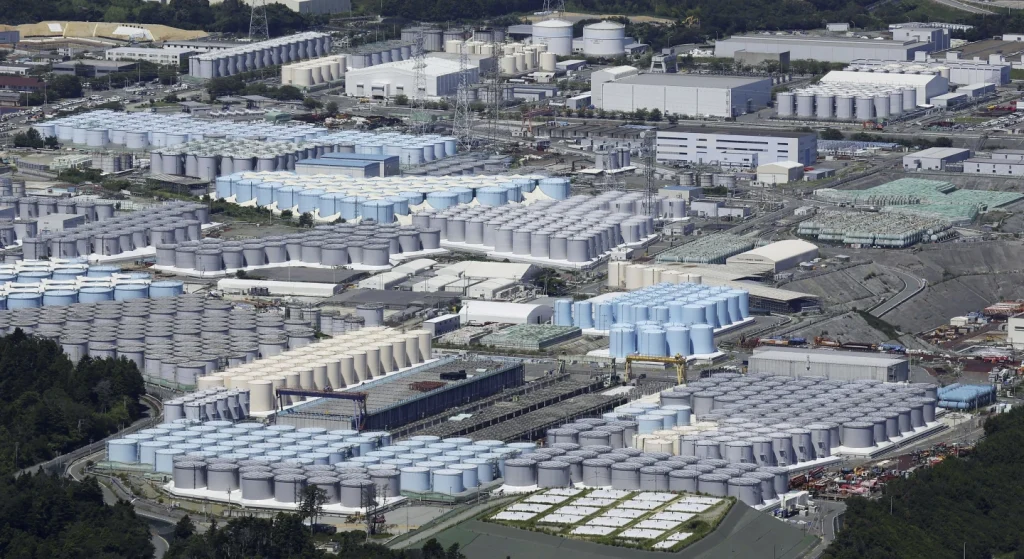
These tanks, which are already at 98% capacity, need to be freed up in order to construct new facilities essential for the decommissioning process, according to officials. The final preparations for the release commenced on Tuesday, as a mere one ton of treated water was mixed with 1,200 tons of seawater for dilution.
This mixture was then kept in the primary pool for two days to undergo final sampling, ensuring its safety. The actual discharge of a batch consisting of 460 tons was scheduled for Thursday in the mixing pool.
However, concerns have been raised regarding the impact of this release on Fukushima’s fisheries, tourism, and overall economy, which are still in the process of recovering from the devastating disaster.
The fishing industry in Fukushima has been severely affected by the 2011 disaster, with the current fish catch only reaching about one-fifth of its pre-disaster level.
One of the contributing factors to this decline is the decrease in the fishing population. In addition, China has implemented stricter radiation testing on Japanese products from Fukushima and nine other prefectures, resulting in exports being held up at customs for weeks.
Recognizing the urgency of the situation, Prime Minister Fumio Kishida emphasized that the release of treated water from the Fukushima plant is essential and cannot be postponed.
He mentioned that an experimental removal of a small amount of the melted debris from the No. 2 reactor is scheduled for later this year, utilizing a remote-controlled giant robotic arm.
The Japanese government had initially announced plans to release the treated water to the sea in 2021, and Kishida recently visited the plant in a rushed manner before meeting with fisheries representatives.
During the meeting, he assured them of government support to sustain their livelihoods until the release is completed. However, some skepticism has arisen regarding the hurried timeline, as it coincides with Kishida’s busy political schedule in September.
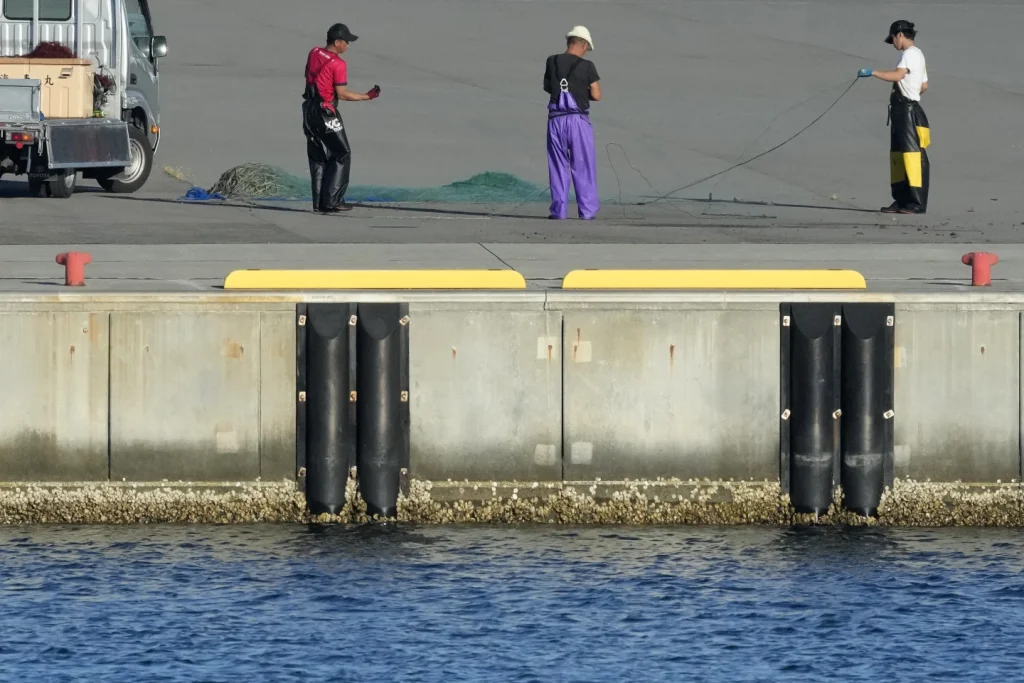
Nevertheless, officials from the Economy and Industry Ministry maintain that they aimed to commence the release as early as possible while ensuring good safety records prior to the fall fishing season.
The catastrophic events that unfolded during the March 2011 earthquake and subsequent tsunami left a trail of devastation in their wake, particularly at the Fukushima Daiichi nuclear power plant.
The destructive forces of nature wreaked havoc on the plant’s cooling systems, resulting in the meltdown of three reactors.
As a consequence, the cooling water, highly contaminated with radioactive materials, has been seeping relentlessly into the building basements, mingling with the groundwater.
In an attempt to address this ongoing environmental crisis, the Tokyo Electric Power Company (TEPCO) has formulated a plan to release approximately 31,200 tons of treated water by the end of March 2024.
However, given the contamination issues and the production of wastewater at the plant, this release would only deplete a mere 10 tanks. Nevertheless, it is expected that the pace of release will gradually increase in the future.
